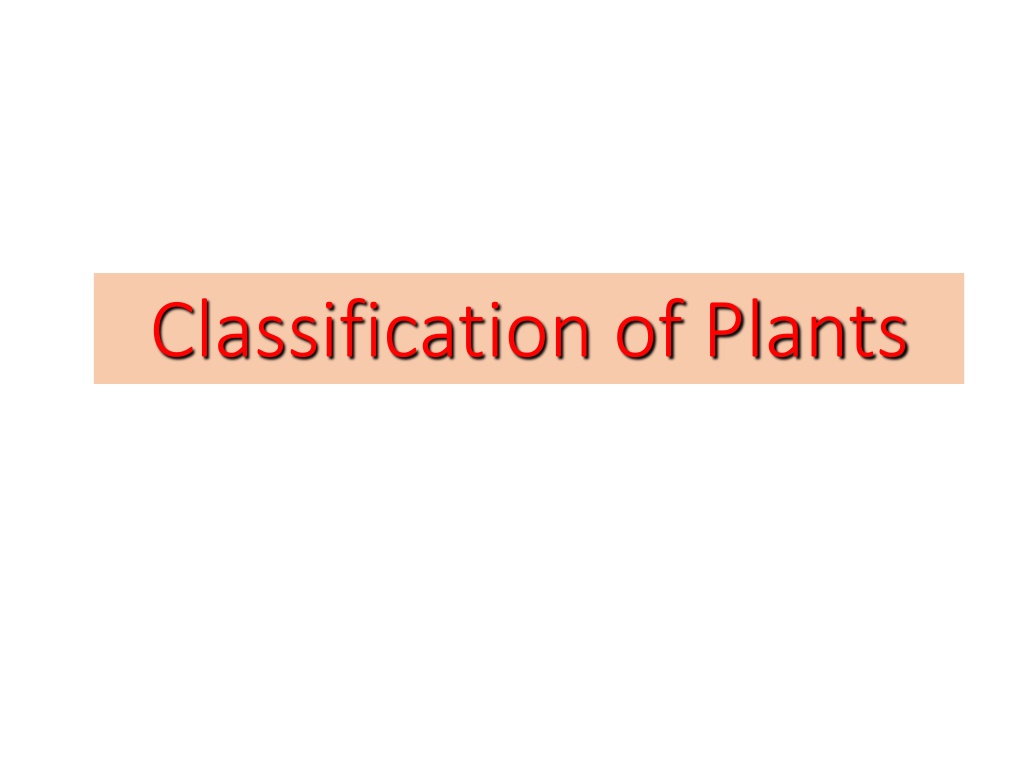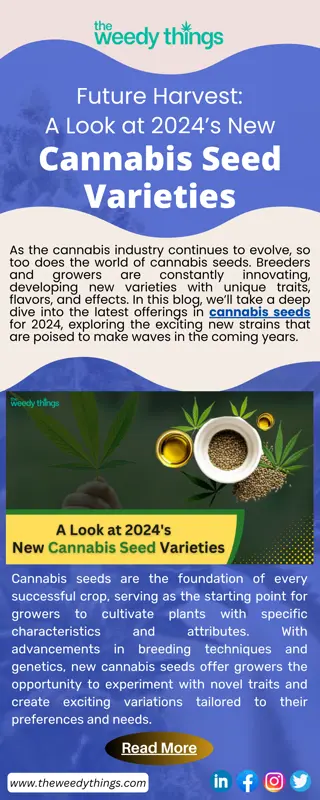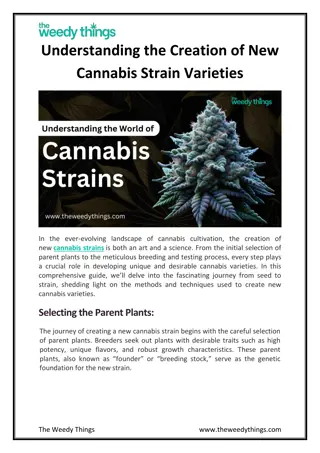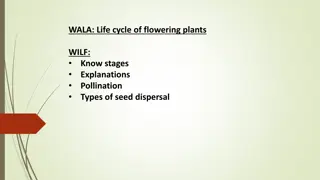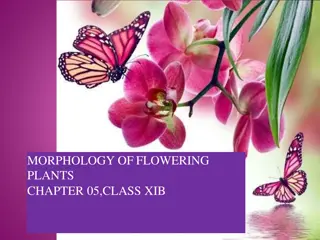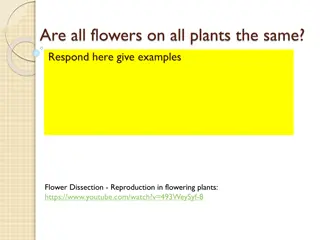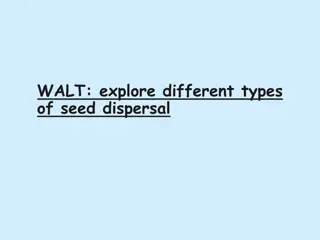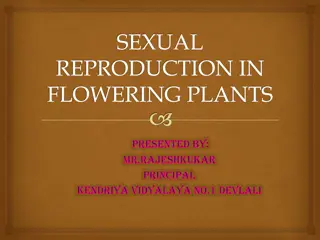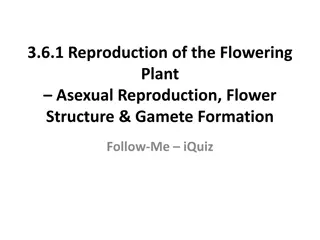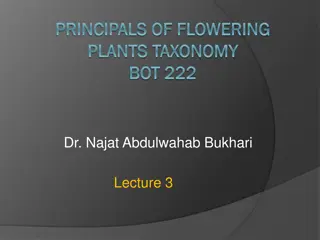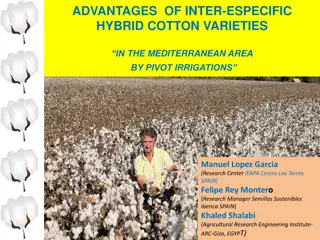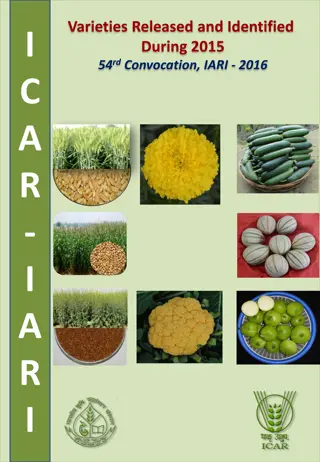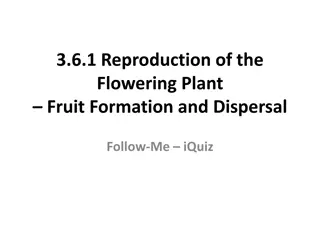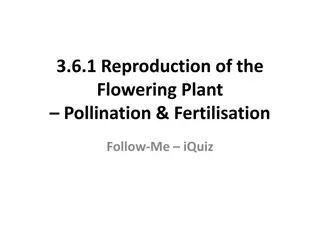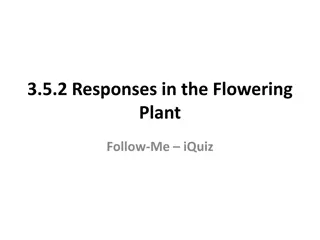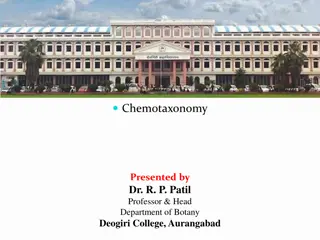Understanding the Classification of Plants - Non-flowering and Flowering Varieties
Explore the diverse world of plants through their classification into non-flowering (mosses, ferns, gymnosperms) and flowering categories. From the simplest mosses to the tall gymnosperms, learn about their characteristics, reproductive methods, and habitat preferences.
Download Presentation

Please find below an Image/Link to download the presentation.
The content on the website is provided AS IS for your information and personal use only. It may not be sold, licensed, or shared on other websites without obtaining consent from the author. Download presentation by click this link. If you encounter any issues during the download, it is possible that the publisher has removed the file from their server.
E N D
Presentation Transcript
Plant Kingdom Non-flowering Plants Flowering Plants
Non - flowering Plants Mosses Ferns Gymnosperms Do NOT produce flowers
Spore-producing capsule Moss spores
Characteristics of Mosses Characteristics of Mosses Simplest plants No true roots, No vascular tissues (no transport) Simple stems & leaves Have rhizoids for anchorage Spores from capsules (wind-dispersal) Damp terrestrial land
A leaf (finely divided into small parts) underground stem root
spore producing organs (circinate) young leaf
Characteristics of Ferns Characteristics of Ferns roots, feathery leaves & underground stems have vascular tissues (transport & support) Spore-producing organ on the underside of leaves (reproduction) Damp & shady places
Pine tree
Male cones (in clusters) Female cones (scattered)
Characteristics of Gymnosperms Characteristics of Gymnosperms tall evergreen trees roots, woody stems needle-shaped leaves vascular tissues (transport) cones with reproductive structures naked seeds in female cones dry places
Flowering Plants Dicotyledons Monocotyledons roots, stems, leaves vascular tissues (transport) flowers, fruits (contain seeds)
Monocotyledons Monocotyledons Parallel veins
Characteristics of Monocotyledons one seed-leaf leaves have parallel veins herbaceous plants e.g. grass, maize
Dicotyledons Dicotyledons Veins in network
Characteristics of Dicotyledons Characteristics of Dicotyledons two seed-leaves leaves have veins in network e.g. trees, sunflower, rose
Plant Classification Plants Flowering Non-flowering 1 seed- leaf Monocots 2 seed- leaves Dicots Spore- bearing Naked seeds Gymnosperms No roots Mosses with roots Ferns
